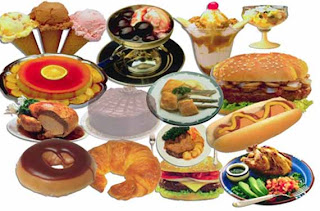Of Aspirin, Ibuprofen, and Blood Tests: A Big Week in Liver Cancer Prevention
It's been a big week for liver cancer prevention - not something we often get a chance to write here at CNiC.
As we reported on Tuesday, the US Preventive Services Task Force released new draft screening recommendations for the hepatitis C virus (HCV) - an infection that can greatly increase the risk of liver damage and later cancer. Testing can find those who are infected and lead to therapies that can reduce risk.
Now, come new results from a large government study linking aspirin use to a significantly lower risk of liver cancer. The study, the National Institutes of Health-AARP Diet and Health Study followed over 300,000 men and women age 50 - 71 for multiple years and found that the use of aspirin and other non-steriodal anti-inflammatories (NSAIDS) - like ibuprofen and indomethacin - lowered the risk of liver cancer by close to 40 percent and the risk of death from liver disease by just over 50 percent (study). Aspirin use alone (without any other NSAIDS) was linked to a nearly 50 percent lower risk of liver cancer. Just taking NSAIDS other than aspirin did not appear to lower risk of liver cancer but did lower the risk of death from liver disease by about 25 percent.
The study didn't have information on the dosage of aspirin used by those in the study; so it's unclear whether low-dose aspirin (approximately 81mg) had similar benefits to full dose aspirin (typically 325mg). Same for the non-aspirin NSAIDS.
Previous studies looking at the link between aspirin/NSAIDS and liver disease were much smaller than this recent study and had inconclusive results. Yet, the manner in which aspirin works in the body fits nicely with a hypothesis of cancer prevention. Inflammation is thought to play a potential role in the pathway from normal cells to cancer, so interrupting this pathway by keeping down inflammation - as aspirin and other NSAIDS do - is believed to be one possible way to cut the risk of certain cancers.
Regular long-term aspirin use is also linked to a lower risk of colon cancer (CNiC post). And men age 45-79 and women age 55-79 are generally encouraged to take a daily aspirin to prevent cardiovascular disease (UPSTF guideline). If these promising early results for liver cancer are replicated in other studies, it'll add even more weight to the evidence of health benefits with regular aspirin use.
As with all drugs, though, aspirin and other NSAIDS are not without certain risks. Intestinal bleeding is a particular concern with aspirin and can be a very serious condition. Those prone to bleeding - and other potentially serious side effects of NSAIDS - are usually discouraged from taking them. Talking with a doctor is the best way to determine if the benefits of a regular aspirin outweigh the risks.
It's estimated that Americans alone take an astounding 30 billion aspirins each year. Increasingly, it seems this may be money well spent.























